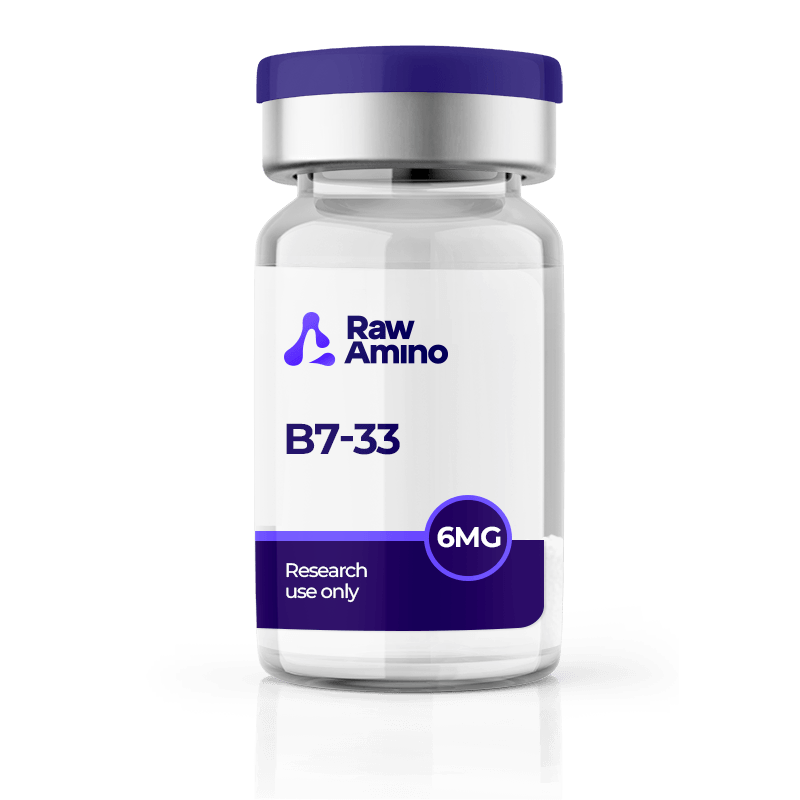
B7-33 – 6MG
$64.00
Discount per Quantity
| Quantity | Discount | Price |
|---|---|---|
| 5 - 8 | 5% | $60.80 |
| 9 + | 10% | $57.60 |
Scientific Overview of B7-33
B7-33 is a synthetic peptide derived from the larger protein H2-relaxin (Relaxin). This peptide has been examined for its possible role in signaling pathways that may relate to fibrosis, tissue remodeling, and vascular processes. Research suggests that B7-33 may influence extracellular matrix regulation and interact with Relaxin-related receptors.
Alternative Names: (B7-33)H2, GTPL9321
B7-33 Studies and Research Data
B7-33 Investigations into Fibrosis and Tissue Remodeling
Scientific studies have suggested that the peptide may act as a selective agonist for RXFP1 receptors, appearing to favor the pERK1/2 pathway rather than the cAMP pathway. This preference has been associated with potential collagen regulation, possibly through stimulation of metalloproteinase enzymes such as MMP-2. Animal model research has explored B7-33 in scenarios of cardiac damage and chronic allergic conditions, where it was proposed to play a role in limiting fibrosis and remodeling.
Vascular Function and Endothelial Response
Explorations into vascular biology indicate that B7-33, alongside H2-relaxin, may support endothelial responses. In murine models, it was observed to possibly enhance bradykinin-mediated relaxation in certain arteries, likely through mechanisms involving endothelium-derived hyperpolarization. Some research has also suggested that it could reduce markers of endothelial dysfunction in experimental systems.
B7-33 Research on Preeclampsia
Studies of pregnancy-related complications have considered the role of B7-33 in placental biology. It has been suggested that the peptide and its lipidated derivative may influence cytotrophoblast activity, potentially modulating angiogenic factors such as VEGF. Experimental findings propose that this modulation could contribute to maintaining balance in vascular growth signals under stress conditions like hyperglycemia or exposure to certain compounds.
Materials Science and Biomedical Applications
B7-33 has also been investigated in biomaterials research. Coatings releasing this peptide were reported in laboratory studies to potentially reduce fibrotic capsule thickness around implanted devices. Such findings have raised interest in whether B7-33 could be applied to materials intended to mitigate fibrosis associated with foreign body response.
Comparative Simplicity in Production
Compared to the full H2-relaxin protein, B7-33 is structurally simpler and may be more economical to produce. This relative simplicity has encouraged further interest in studying the peptide as a research tool for receptor-specific interactions.
Conclusion
B7-33 is a synthetic peptide inspired by the naturally occurring H2-relaxin protein. Research across several fields—including fibrosis, vascular signaling, placental biology, and biomaterials—suggests that it may preferentially engage certain pathways that could contribute to tissue remodeling and vascular regulation. While findings remain preliminary, the peptide has drawn interest due to its structural simplicity and potential experimental applications.
References
- Welch, N. G., Mukherjee, S., Hossain, M. A., Praveen, P., Werkmeister, J. A., Wade, J. D., ... & Thissen, H. (2019). Coatings releasing the relaxin peptide analogue B7-33 reduce fibrotic encapsulation. ACS applied materials & interfaces, 11(49), 45511-45519.
- Praveen, P., Kocan, M., Valkovic, A., Bathgate, R., & Hossain, M. A. (2019). Single chain peptide agonists of relaxin receptors. Molecular and cellular endocrinology, 487, 34-39.
- Marshall, S. A., O’Sullivan, K., Ng, H. H., Bathgate, R. A. D., Parry, L. J., Hossain, M. A., & Leo, C. H. (2017). B7-33 replicates the vasoprotective functions of human relaxin-2 (serelaxin). European journal of pharmacology, 807, 190–197.
- Teerlink, J. R., Cotter, G., Davison, B. A., Felker, G. M., Filippatos, G., Greenberg, B. H., ... & RELAX-AHF Investigators. (2013). Serelaxin, recombinant human relaxin-2, for treatment of acute heart failure (RELAX-AHF): a randomised, placebo-controlled trial. Lancet, 381(9860), 29–39.
- Yegorov, S., Bogerd, J., & Good, S. V. (2014). The relaxin family peptide receptors and their ligands: new developments and paradigms in the evolution from jawless fish to mammals. General and comparative endocrinology, 209, 93–105.
- Afroze, S. H., Pantho, A. F., Sprague, D. C., Kuehl, T. J., Bathgate, R., Zawieja, D. C., ... & Uddin, M. N. (2019). Abstract P3042: Novel Peptide and Its Lipidated Derivative Protect Cytotrophoblasts From Preeclampsia Phenotype in a Cellular Model of the Syndrome. Hypertension, 74(Suppl_1), AP3042-AP3042.
- Hossain, M. A., Kocan, M., Yao, S. T., Royce, S. G., Nair, V. B., Siwek, C., … & Samuel, C. S. (2016). A single-chain derivative of the relaxin hormone is a functionally selective agonist of the G protein-coupled receptor, RXFP1. Chemical science, 7(6), 3805–3819.
Disclaimer:
The products mentioned are intended solely for laboratory research and in-vitro experimentation. They are not approved for human or animal use of any kind. All details provided are for educational purposes only. By purchasing from this site, you agree to comply with our Terms and Conditions.



Only logged in customers may leave a review.
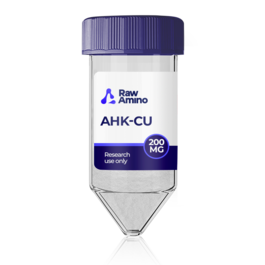
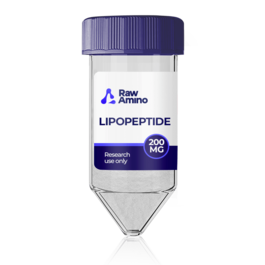
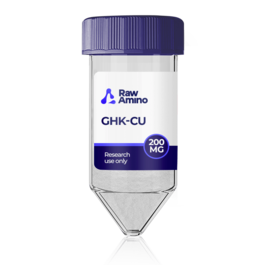
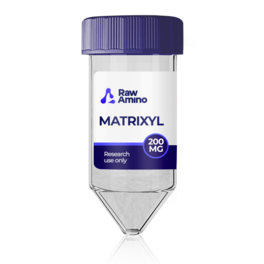
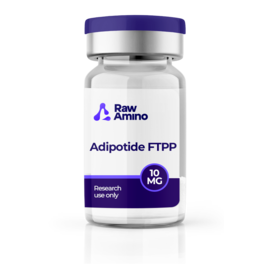
Reviews
There are no reviews yet.